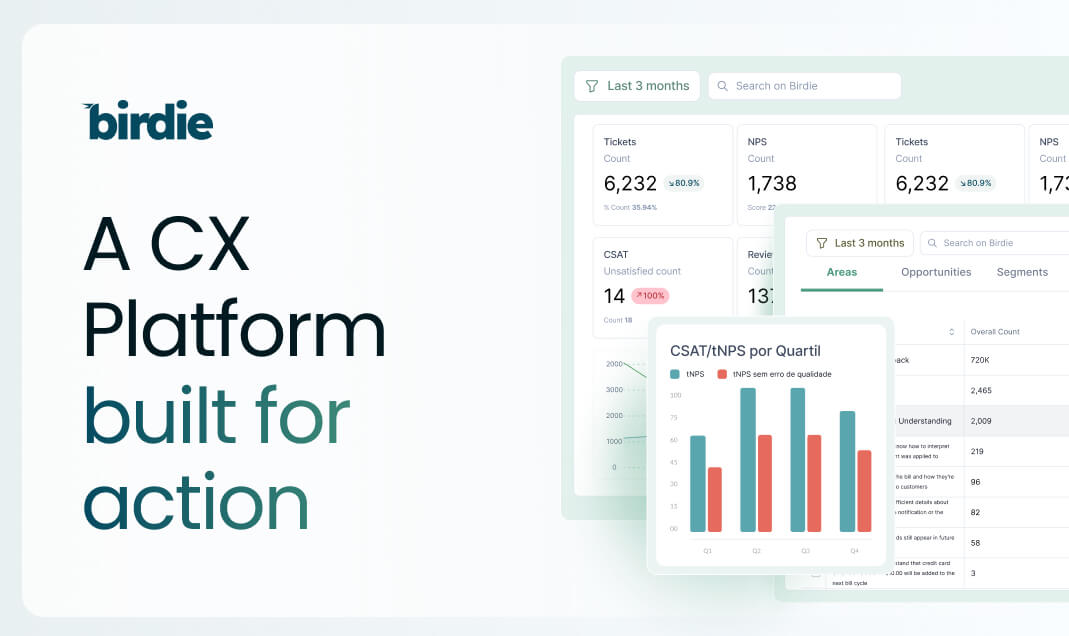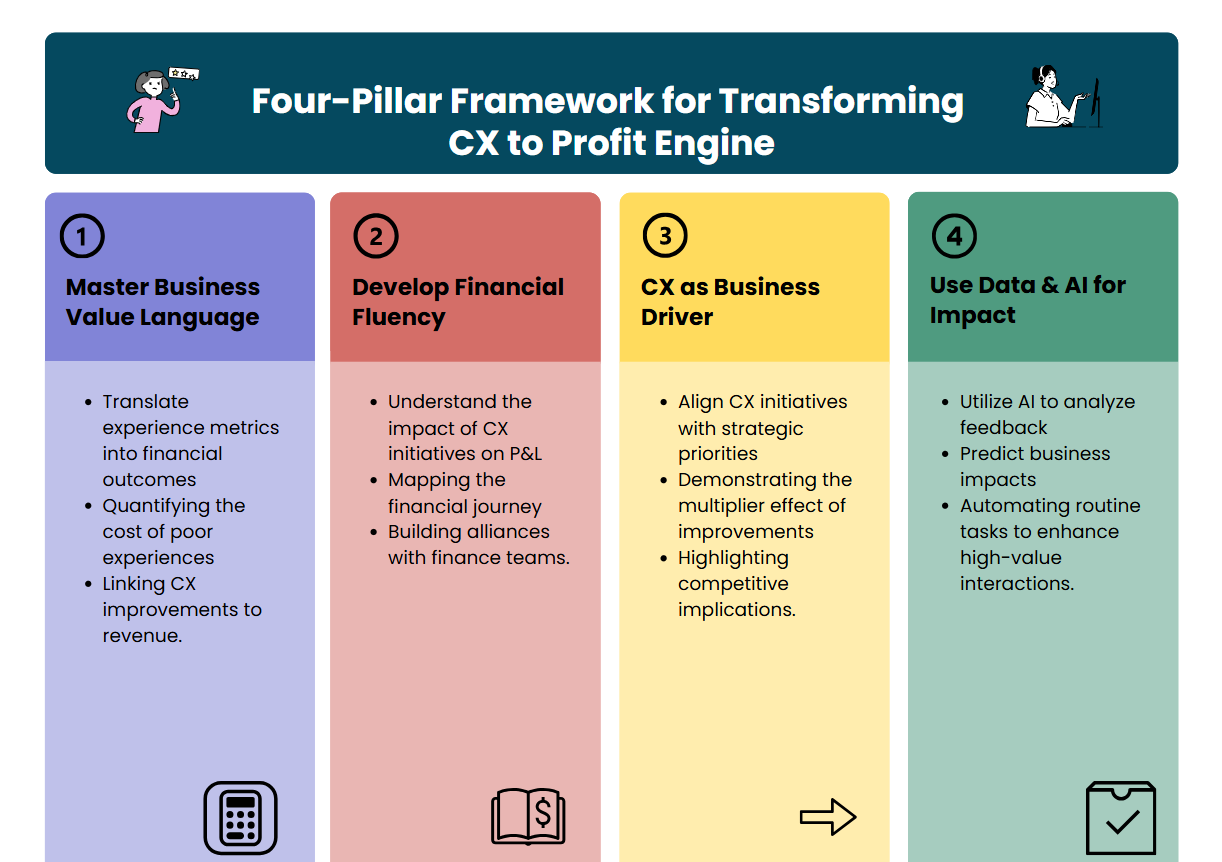
As we get to the start of a new year, product teams are still working on their priorities and strategies for the year. Which tools and processes should I implement? What should be the areas of improvement for my organization? These are some of the questions surrounding product leaders and product operations right now.
No matter where you sit, thinking of how to set up a better stage for your team to operate should be a priority. When it comes to that, managing customer feedback is an essential step for any product team that wants to be more customer-centric and successful in a year that promises to be challenging.
The implementation of a Feedback River can help you streamline this process and should be your product ops priority for this year - whether you have a product operations team or not. Here is what and why you should do it.
What is a Feedback River?
A feedback river is a system that connects and consolidates a company's multiple feedback sources into one central place, creating an ongoing flow of user feedback.
As the first element of a full customer feedback management system, the feedback river ensures that your product team is continuously getting feedback from users - weekly or even daily! - firsthand instead of through the lenses of customer support, sales, product marketing, or research.
It increases both the volume and the speed of access to feedback, two aspects that directly impact decision-making and shipping speed. It also helps product teams remove the friction to develop a regular feedback immersion habit that allows them fully understand their customers and develop product intuition.
A feedback river is the best way of staying closer to customers, as a company grows, to understand the why of their actions beyond quantitative data: even though product analytics will tell you the what, there's no substitute for the voice of the customer on the why. Especially when you can access users verbatim - literally what they said.
How does a Feedback River work?
As a place that gathers and funnels information about what your users are saying, a feedback river connects to the most important sources of feedback for your company. Although this varies depending on the organization, it normally means integrating feedback from support tickets, NPS surveys, micro surveys, sales meetings, win/loss analyses, user interviews, and user reviews.
A feedback river can be as simple as a slack channel or an email digest where the content from feedback is centralized and Product teams can access it on a daily basis to see what's new - much like a Twitter feed.
When combined with a feedback system of record and a feedback analysis tool, it can be exponentiated, enabling teams to generate reports on customer feedback, segment customers into groups, as well as identify the most common complaints, and trends, and also create recommendations. This makes it easier for businesses to create hypotheses, tap into new opportunities, or fix issues affecting important business metrics, thus becoming more data-driven and customer-centric.
Why should a Feedback River be a product ops priority?
As the first part of a three-fold customer feedback management system, a feedback river should be a priority for product ops teams because it helps them achieve their mission of making product teams more effective, data-driven, and customer-centric.
Product operations (or product ops), as a product function, establish an effective connection between product, engineering, and customer success, removing operational tasks that usually keep product managers away from customers.
Although the product operations function exists as an area mostly in more mature product organizations, it is still executed even in early-stage companies, normally in the form of tasks and responsibilities of a product manager.
One important piece of product ops is managing tools and processes for more effective data collection, management, and knowledge sharing, taking care of everything behind-the-scenes to ensure product teams can build better products and deliver better outcomes.
Thinking of user feedback as a critical piece of data - maybe one of the most important ones -, a situation where a product manager needs to go through a bureaucratic process every time they need to go after feedback is not a best practice in terms of product operations. Doing that on a regular basis and for multiple data sources becomes too ineffective, I dare to say impossible, without a place where PMs can enter and see consolidated feedback. And that's exactly what a Feedback River is.
Building a feedback river enables product operations teams to streamline feedback data collection, analysis, and access. That allows them to focus more time on developing and improving products rather than manually collecting, organizing, and sorting feedback. Additionally, it sets the stage for faster decision-making, allowing teams to respond quickly to customer needs and make improvements to their products more efficiently. All of that means more efficiency, fewer costs, standardized tools, more data, and more customer-centricity - all critical pillars to product operations, especially in product-led companies.
What benefits should a Feedback River deliver to a product organization?
There are multiple benefits of a product operations team implementing and using a feedback river, from improving product culture and maturity to reducing bias in decision-making. Here are the most important ones:
1. Better product intuition
By using a Feedback River, product operations teams will provide the basis for solving what is probably one of the most common challenges for PMs, which is the friction of establishing habits to get access to customer feedback and constantly be in touch with the customer.
It does so by changing the relationship with feedback from a "pull" to a "push" situation, where new feedback is automatically sent for PMs to review and interact with instead of being siloed and only viewed when the PM remembers to. With that, product teams can speed up their development of product intuition - one of the most important skills for product managers and leaders.
2. Faster product discovery
With a Feedback River, teams can easily categorize customer feedback data so it's easier to track patterns and trends in customer perception. When it comes to continuous product discovery, having a constant stream of user feedback allows PMs to easily group them according to outcomes and to hypothesize features and opportunities ideas in a more timely manner - without having to reach out to research or support to ask for data.
3. A more holistic user experience understanding
By combining feedback from multiple sources versus a limited set of data, a feedback river also enables PMs to have a holistic view of the users' experience, including from uncommon sources such as help search queries, user reviews, and support tickets.
More than that, it allows them to do so by different user segments and cohorts and to easily close the loop when it comes to each user and their feedback - which also helps to improve customer satisfaction, engagement, and retention.
4. Less bias and conflict in decision-making
Another benefit of a feedback river is that it helps reduce bias and conflict in decision-making, as it empowers teams with uncontested, deep, and numerically relevant data to support any hypotheses that are to be presented to other teams and to leadership. This helps avoid sudden strategic changes and HiPPO (Highest Paid Person's Opinion) decisions and makes it easier to get the buy-in of other executives on important decisions.
5. Less blind spots and no FOMO
With a feedback river, no feedback goes unnoticed. Everything said by users is cataloged and processed in a system of record and available for analysis on a feedback analytic tool. This means that the chances of a blind spot when it comes to user pains, needs, and desires are almost impossible - which also eliminates the FOMO from leaving something important aside.
Now that you know what is a feedback river and how you can benefit from implementing one at your organization, it's time to get things done! You can start simply, by creating a slack channel that connects via Zapier to your main feedback data sources, or you can leverage a solution that combines all three pillars of feedback management: a feedback river, a feedback system of record, and a feedback analytics.








